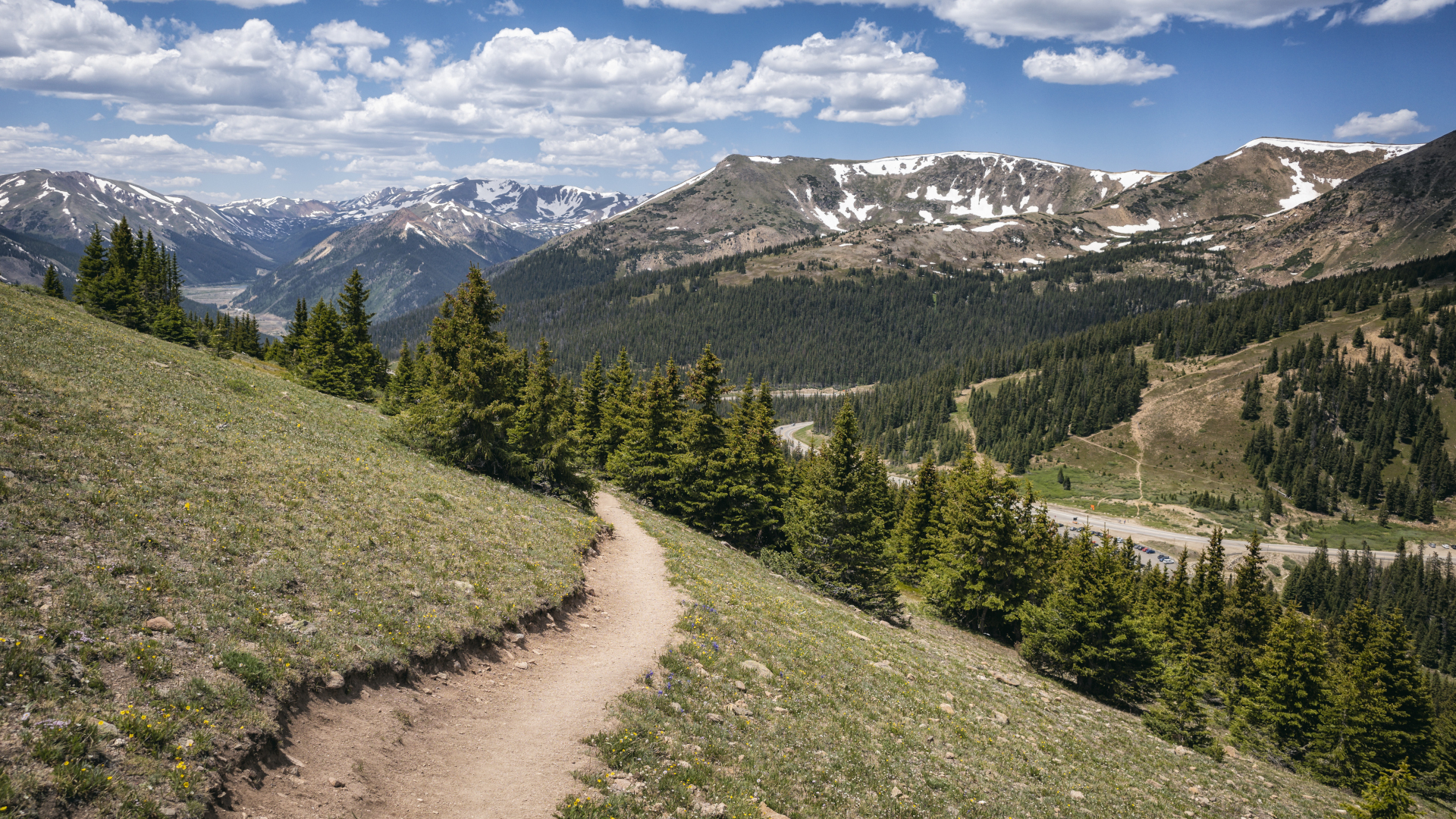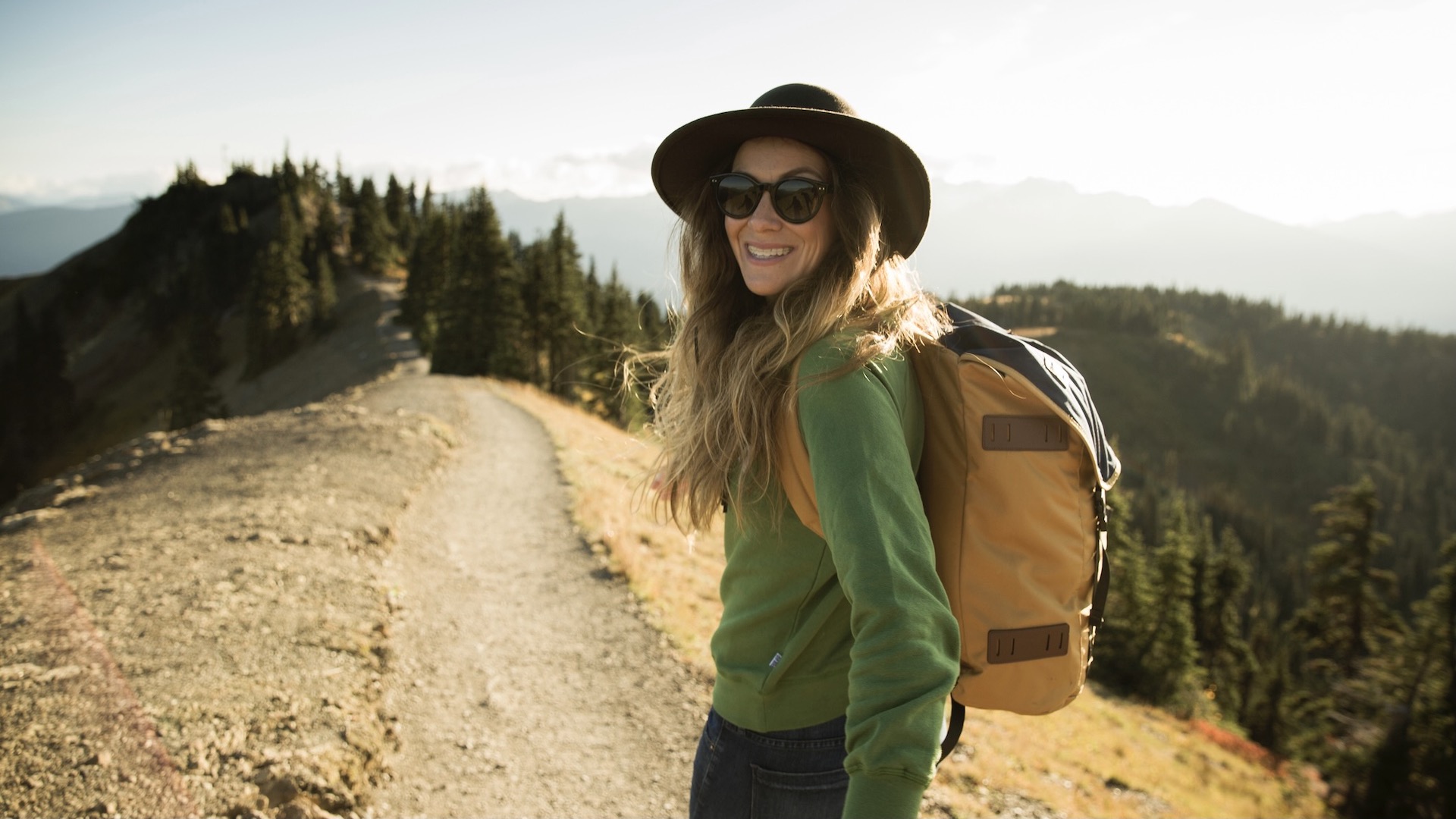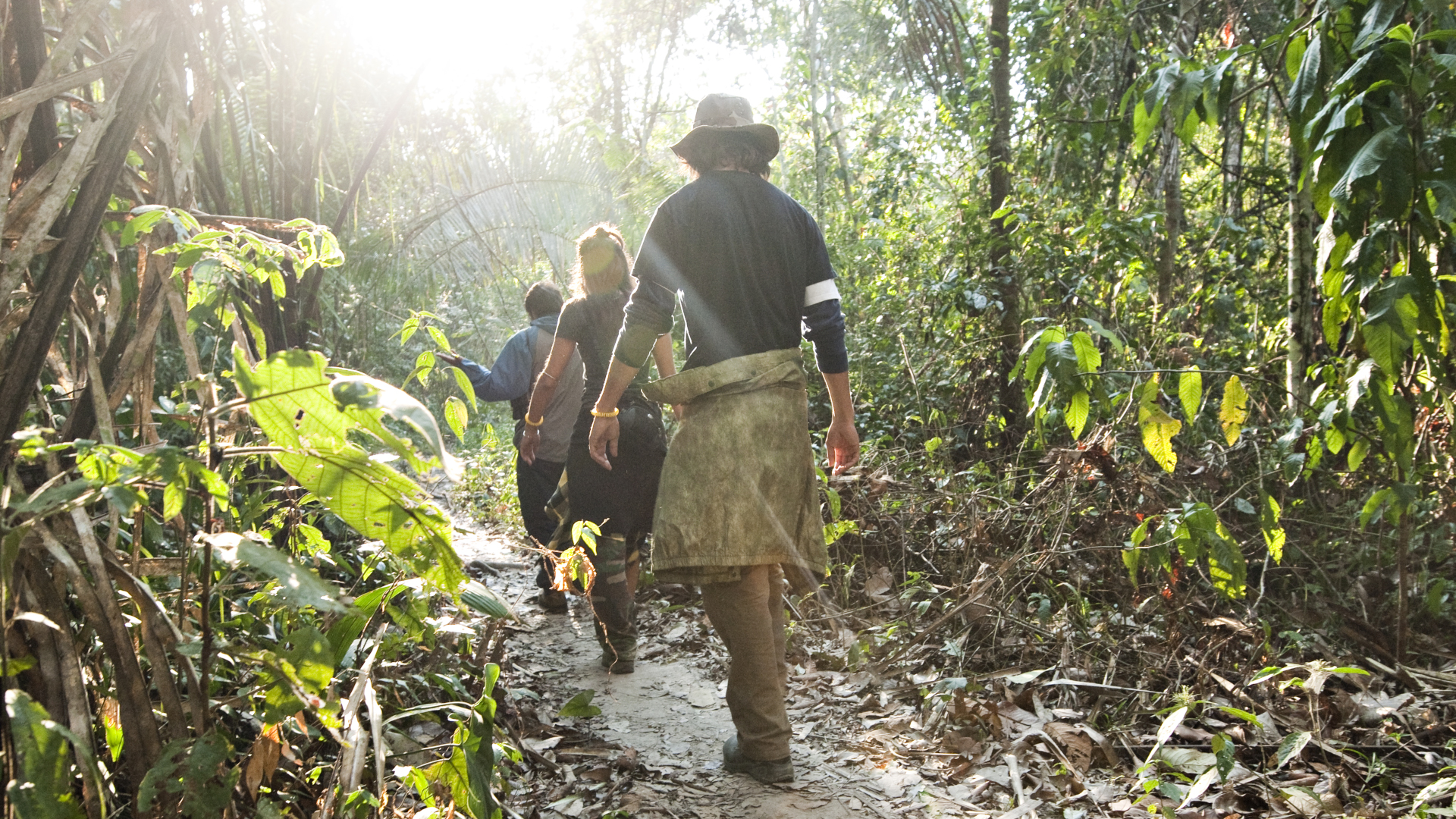How to find hiking trails
We share our top sources for how to find hiking trails so you can head out on your adventures with all the information you need on trailheads, distance and difficulty

So you’ve got yourself a brand new pair of hiking boots, some sturdy trekking poles and an insatiable sense of adventure, but where do you actually go? Obviously, the answer is, a hiking trail. But where are they all? Do you just rock up to the nearest mountain and start climbing? Well, sure, you could do that, but there are easier ways that don’t involve six solid hours of bushwhacking. Whether you’re just getting started with hiking, you’ve moved to a new area or you’re tired of hitting the same old routes again and again, we walk you through how to find hiking trails so you can head out for some new adventures armed with all the information you need on trailheads, distance and difficulty.

Hiking guide books
A more old school – but incredibly reliable – source of information on hiking trails is to get yourself a hiking guide book. There are probably thousands of hiking guides out from organizations like Cicerone, Lonely Planet and Ordnance Survey that cover local, regional, national and even global hikes. These will usually be extremely detailed and descriptive, however they can get out of date so make sure you get a new version.
Route finding apps
A more modern approach to finding hiking trails is to use one of the best navigation apps like Komoot or Alltrails. With these, you can search for nearby trails, browse trip reports, download maps to your phone and even add your own experiences. Many users love the plethora of information and the aspect of sharing, however user-supplied and non-verified information can sometimes be (unintentionally) inaccurate, so do verify what you're reading with other sources.

Hiking groups
You can take all of the work out of finding hiking trails by joining a hiking group. Typically, these will be free or involve a small annual fee in the case of groups like the Ramblers, and in return you get invited to regular hikes that are essentially organized and guided by an expert. You might not always want to hike with others, but heading out with a group a few times can give you some good ideas for new hiking spots, and be a great way to meet like-minded people.
Guided hiking
Particularly for more vigorous hikes where you’re heading into unfamiliar mountainous terrain, we can’t recommend guided hiking enough. Paying a guide can get you access to places you might not try alone, better safety and helps you build confidence and discover new hikes. Yes, there’s cost involved, but hire a local guide (rather than someone visiting for the season) and you can feel great about supporting the local economy.

Government websites
National Parks, State Parks and country parks are amazing places to discover new hiking trails. Their websites will often have all the information you need about the hike including maps, and the trails themselves are often well-maintained and clearly marked.
Outdoor retailers
Outdoor retailers and gear shops exist because they want to get you into nature. Their staff are outdoor fanatics and will love chatting with you about their favorite local hikes. Bigger retailers like REI will also often have information on their websites, and many such stores do organized hikes from time to time where you can join and even occasionally test out gear.
Advnture Newsletter
All the latest inspiration, tips and guides to help you plan your next Advnture!

Social media
If you don’t post about your hike on Instagram, did it even happen? We jest, of course, but let’s be honest – most people do post about their hikes on social media non-stop these days and it’s not the worst way to find a new hike. Searching for #hike on Instagram is probably a bit broad, but you can narrow it down by adding your location. Obviously, you’ll need to do a bit of research on the trail once you’ve got some inspiration. It’s also helpful to look and see where your friends are posting pictures from and ask them for details.
Trailhead signs
Often, several trails will share the same trailhead, so if you have a hike that you already know and love, stop and look at the trailhead map. There might be two or three others that you can take from there, or that connect from your trail. Of course, you’ll want to know how to read a map for this.
Julia Clarke is a staff writer for Advnture.com and the author of the book Restorative Yoga for Beginners. She loves to explore mountains on foot, bike, skis and belay and then recover on the the yoga mat. Julia graduated with a degree in journalism in 2004 and spent eight years working as a radio presenter in Kansas City, Vermont, Boston and New York City before discovering the joys of the Rocky Mountains. She then detoured west to Colorado and enjoyed 11 years teaching yoga in Vail before returning to her hometown of Glasgow, Scotland in 2020 to focus on family and writing.

